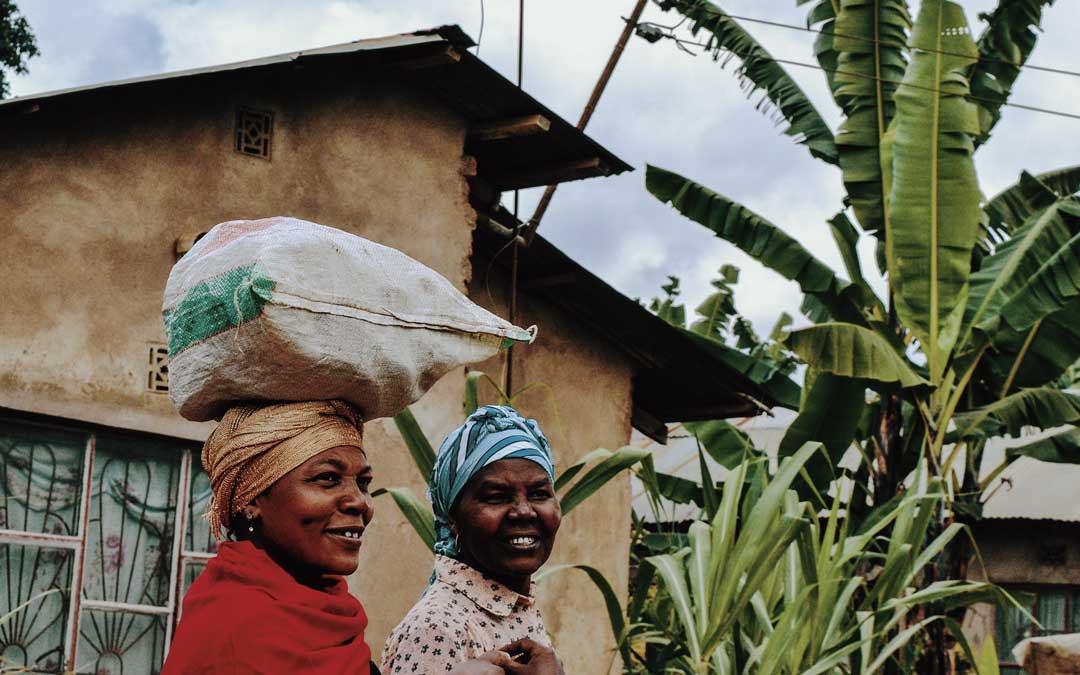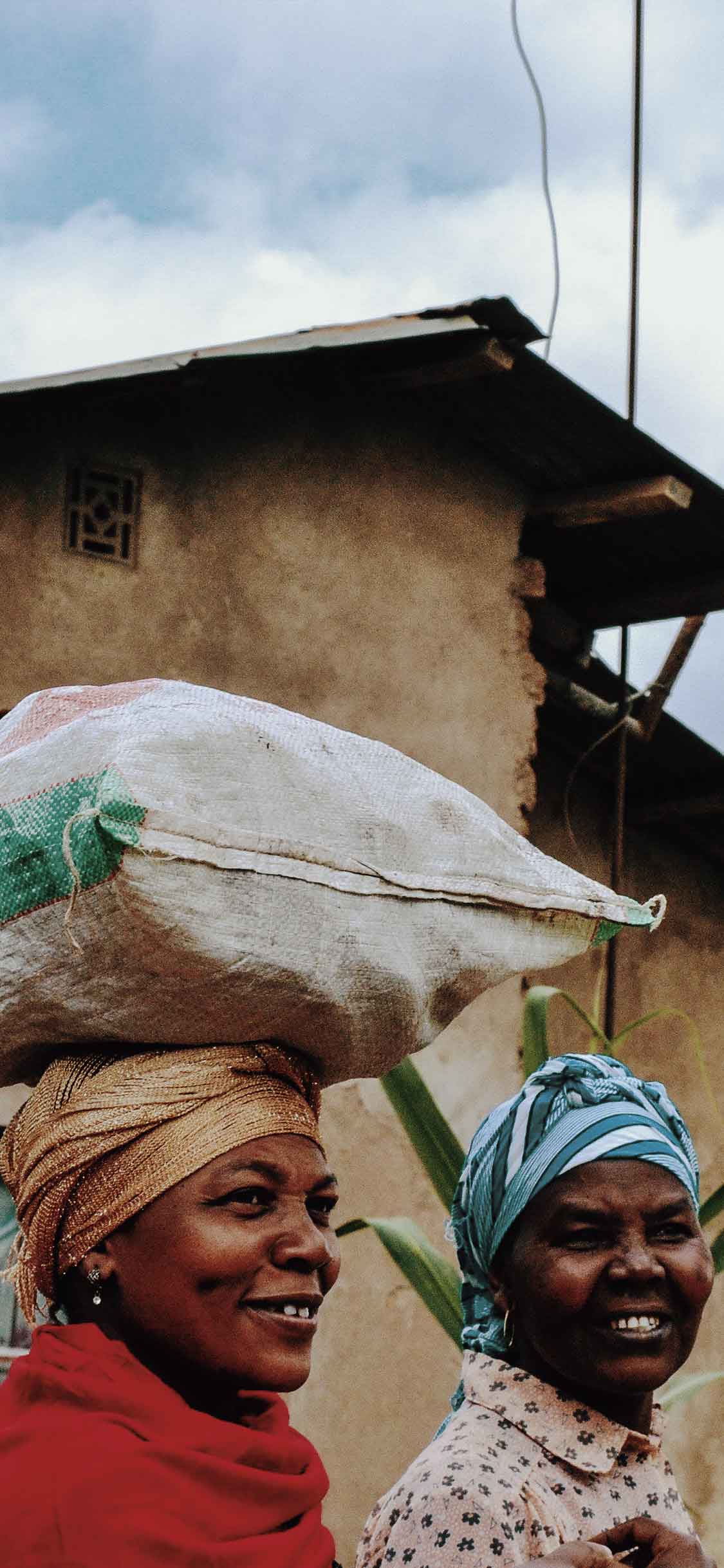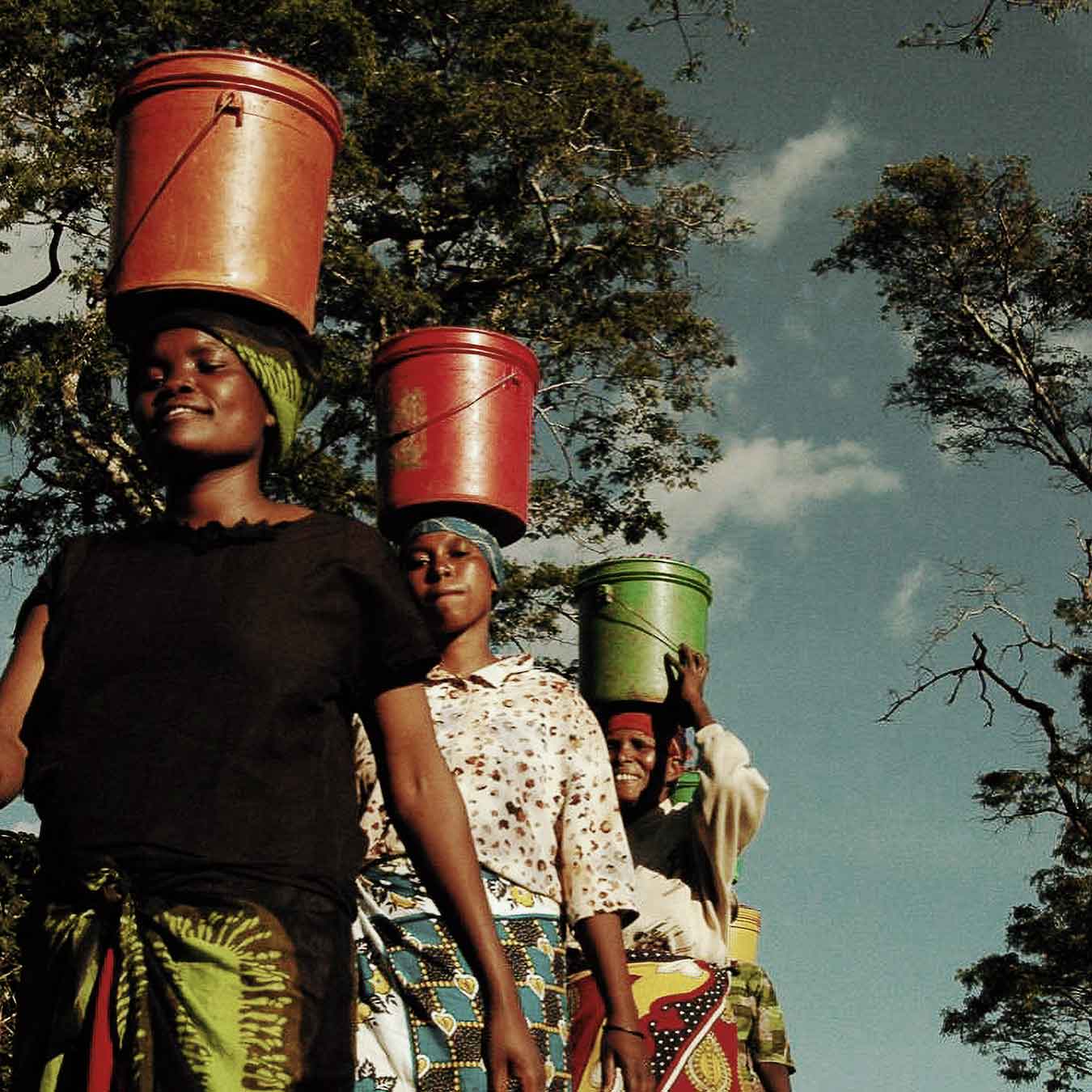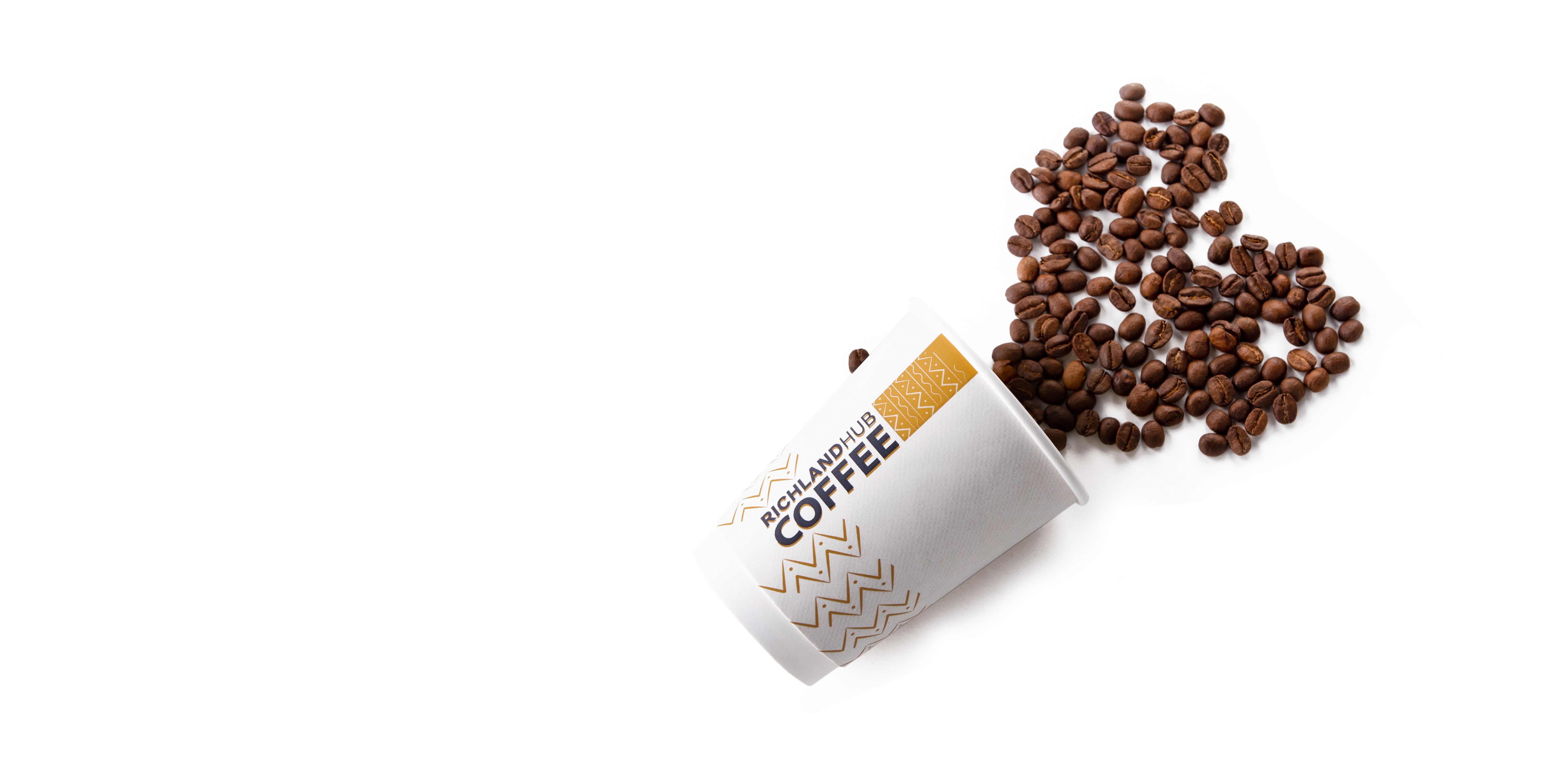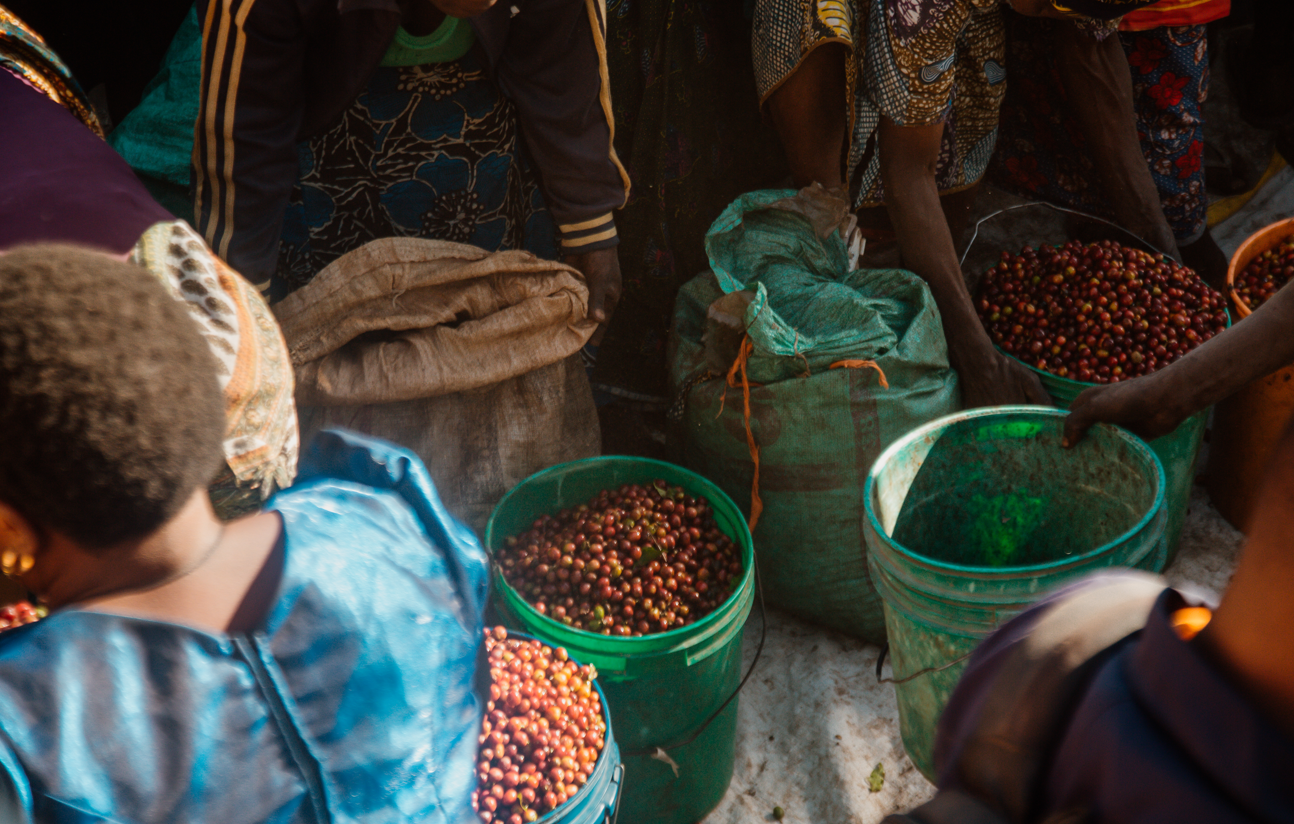
THE FUTURE OF COFFEE PRODUCTION
The local Government continues to implement its strategic plan (2020-2025), by supporting coffee production expansion programs. They involve increasing productivity in existing farms, as well as facilitating the private sector to develop new farms. According to their plan, the total area under coffee will be increased by at least 34,000 acres by the year 2025. The FAS (Foreign Agricultural Service) forecasts a record production of 1.2 million bags contributed by newly matured farms’ production. The peaking of the biennial coffee production cycle has helped yields soar.
Tanzania, #4 in coffee exportation of African countries, is also in the top 20 of the world’s largest coffee producers. Since almost 400,000 small families depend on coffee production, these factors greatly contribute to the growth of the economy and the heart of Tanzanian communities.
